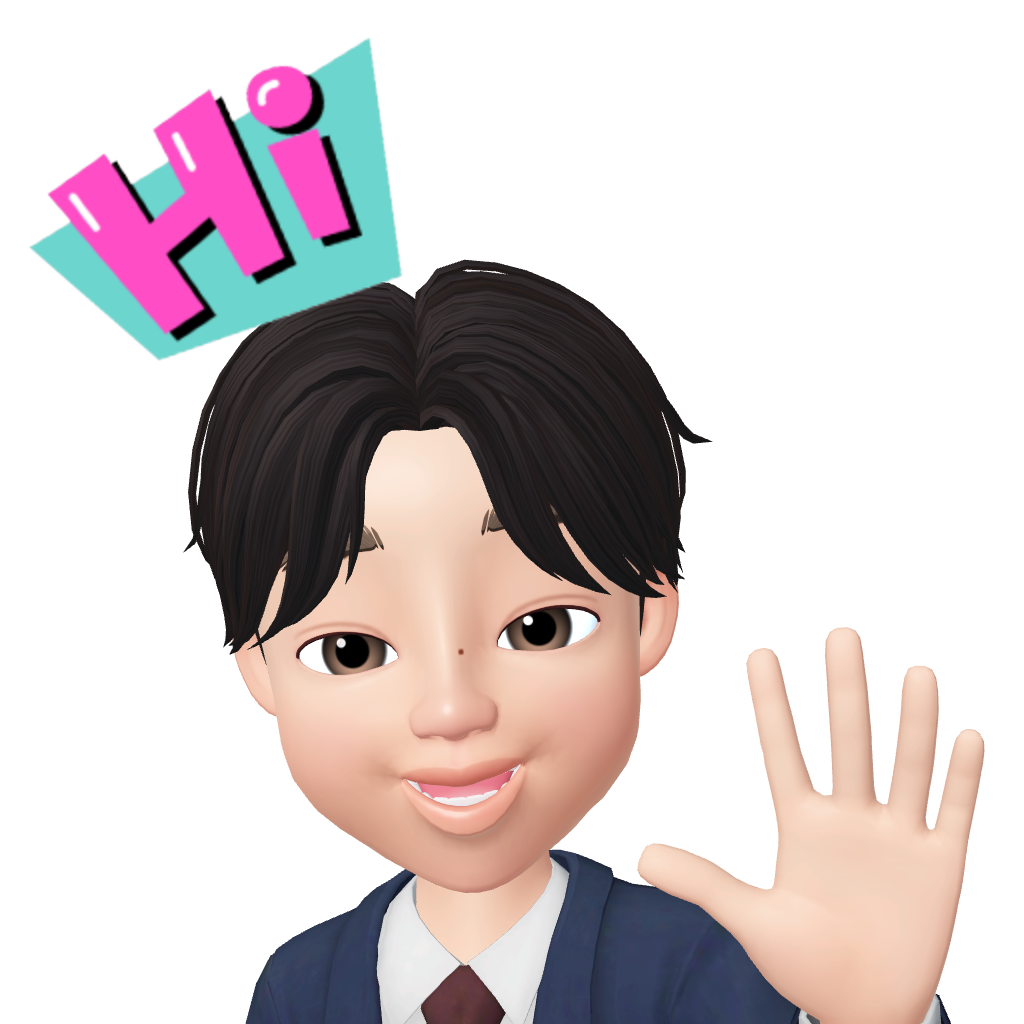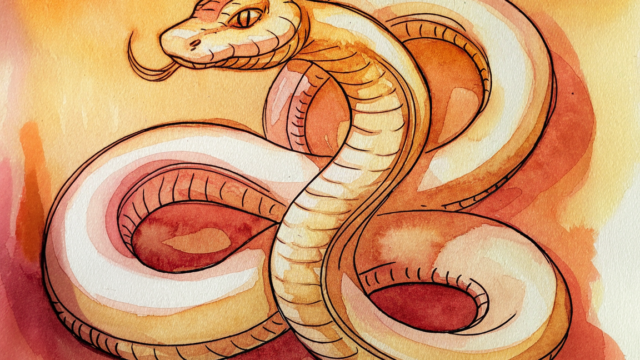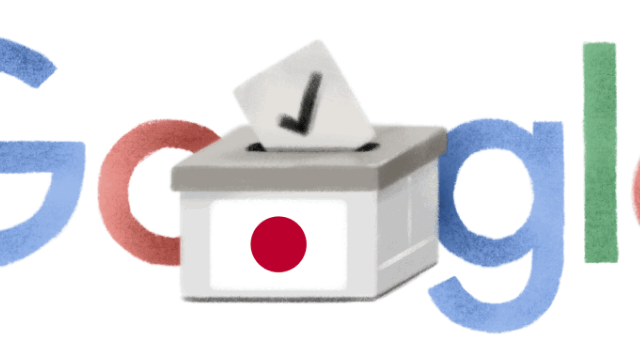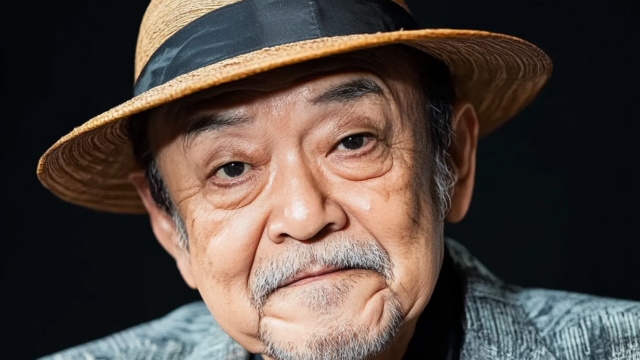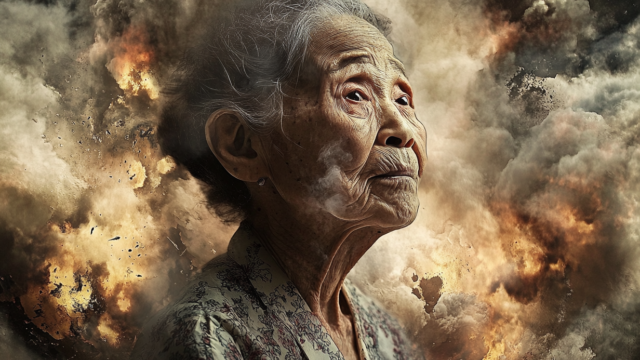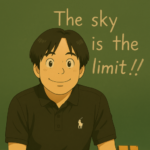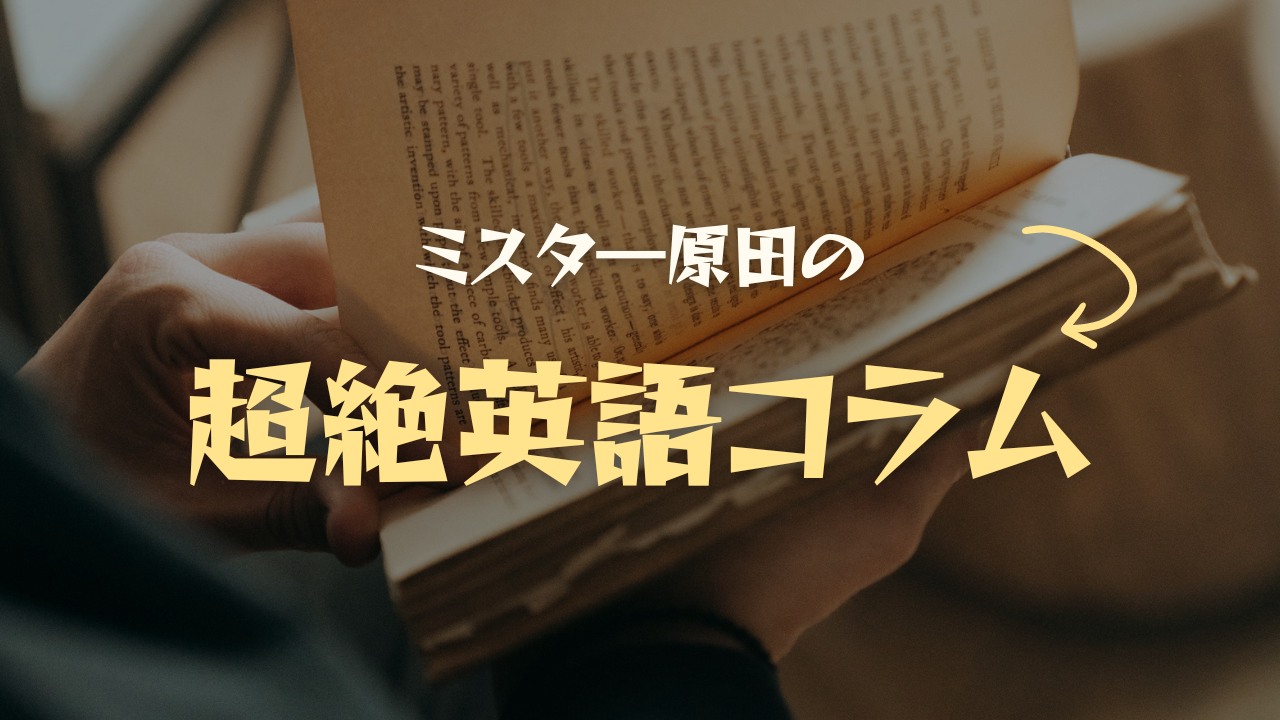
「こどもの日と“Boys Will Be Boys”」
今日は日本で「こどもの日(Children’s Day)」が祝われている。子どもたちの健やかな成長と幸せを願う、年に一度の特別な日だ▼英語圏にも「Children’s Day」という言葉はあるが、日本のように国民的な祝日として根付いているわけではない。むしろ、英語には「boys will be boys(男の子は男の子らしく振る舞うもの)」というイディオムがあり、子どもたちの無邪気さややんちゃさを温かく受け止める文化が垣間見える▼「こどもの日」の起源は古く、もともとは「端午の節句」と呼ばれ、奈良時代から続く男の子のための行事だった。武家社会では、家の後継ぎである男の子の成長を願い、鎧や兜、武者人形を飾る風習が生まれた。明治以降は「こいのぼり(carp streamer)」を立てる習慣が広まり、現在では男女問わずすべてのこどもの日として祝われている▼英語で「carp streamer」と言っても、なかなかピンとこない人が多い。日本文化を紹介する際には「colorful carp-shaped windsocks flown to celebrate Children’s Day」と説明すると伝わりやすい。ちなみに、鯉は逆境に強く、滝を登る力があることから、子どもたちのたくましい成長の象徴となっている▼私自身、海外の友人に「こどもの日」を説明したとき、「なぜ鯉なの?」とよく聞かれる。英語の「boys will be boys」は、時にやんちゃな行動を大目に見る意味合いもあるが、日本の「こどもの日」には、子どもたち一人ひとりの個性や成長を社会全体で応援するという温かい願いが込められている▼グローバル化が進む今、子どもたちの多様性や可能性を認め合うことは、どの国でも大切な価値観だろう。「こどもの日」は、そんな思いを世界に伝える日本発の素敵な文化の一つだ。
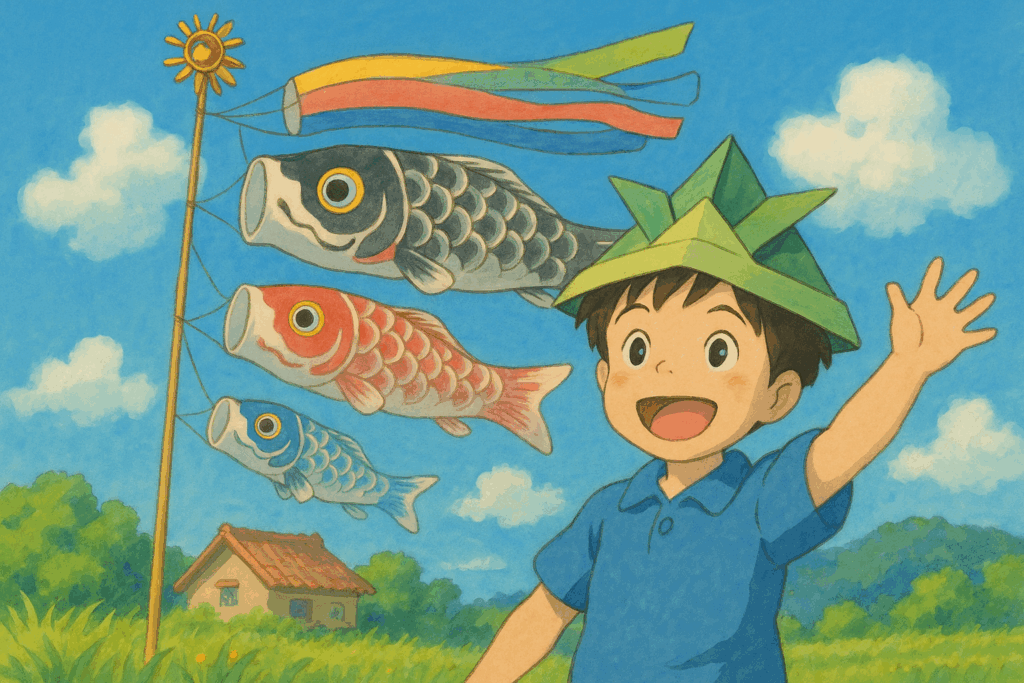
【英語訳】”Children’s Day and ‘Boys Will Be Boys'”
Today, “Children’s Day” is being celebrated in Japan. It’s a special day that occurs once a year to wish for children’s healthy growth and happiness.
In English-speaking countries, the term “Children’s Day” exists, but it hasn’t taken root as a national holiday like in Japan. Rather, English has the idiom “boys will be boys,” which offers a glimpse into a culture that warmly accepts children’s innocence and mischievousness.
The origin of “Children’s Day” is ancient, originally called “Tango no Sekku,” an event for boys that has continued since the Nara period. In samurai society, a tradition emerged of displaying armor, helmets, and warrior dolls to pray for the growth of boys who would be the family heirs. Since the Meiji era, the custom of raising “koinobori (carp streamers)” has spread, and today it’s celebrated as a day for all children regardless of gender.
Even if you say “carp streamer” in English, many people won’t immediately understand. When introducing Japanese culture, it’s easier to explain it as “colorful carp-shaped windsocks flown to celebrate Children’s Day.” Incidentally, carp symbolize children’s strong growth because they are resilient in adversity and have the power to climb waterfalls.
When I explained “Children’s Day” to foreign friends, I was often asked, “Why carp?” The English “boys will be boys” sometimes carries the nuance of overlooking mischievous behavior, but Japan’s “Children’s Day” contains a warm wish for society as a whole to support each child’s individuality and growth.
In today’s globalizing world, recognizing children’s diversity and potential is likely an important value in any country. “Children’s Day” is one of Japan’s wonderful cultural exports that conveys such sentiments to the world.
【こどもの日を英語で説明しよう!】
Children’s Day is celebrated on May 5 in Japan, a national holiday established under the 1948 Public Holiday Law to honor children’s individuality and wish for their happiness. It marks the end of Golden Week and is also known as Tango no Sekku (Boys’ Festival), though it celebrates all children today. Families hoist carp-shaped koinobori flags, symbolizing strength and success, and display samurai helmets or dolls inside homes. Kids enjoy kashiwa-mochi (rice cakes wrapped in oak leaves) and take iris petal baths for health. Festivals and events, like martial arts displays, bring communities together to cheer for children’s growth.
こどもの日
こどもの日は5月5日。1948年の祝日法で定められた国民の祝日で、子どもの個性を尊重し、幸福を願う日です。ゴールデンウィークの最終日で、かつては端午の節句(男の子の節句)とも呼ばれましたが、今はすべての子どものための祝日です。鯉のぼりを掲げ、兜や人形を飾り、柏餅を食べたり、菖蒲湯に入ったりします。武道の演武会や地域の祭りなど、子どもの健やかな成長を祝うイベントも各地で開催されます。
